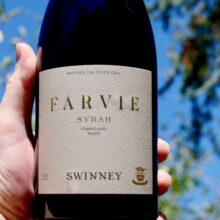
Product information
Swinney Farvie Syrah 2022
Shiraz/Syrah from West Australia, Frankland River, Australia
$166
Description
As with all the Swinney & Farvie wines this is grape first. There’s a thing about good reds, they have an acid-tannin complex that works were the total is greater than the sum of the parts. That applies to the 2022 Farvie Syrah. The hallmark playful grip is here. Again wonderfully perfumed with a little dusting of delicate pepper, earthy and savoury with that ferous, blood lip character. Layers of tannin wrap a core of fruit in harmony. Delicious!
Halliday 97 Jukes 19.5+ Jordan 99
In stock
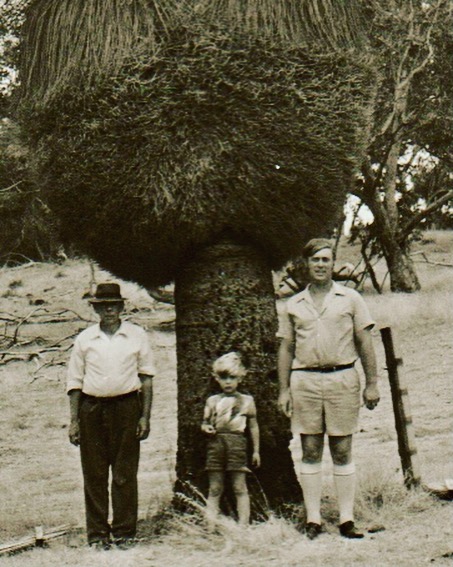
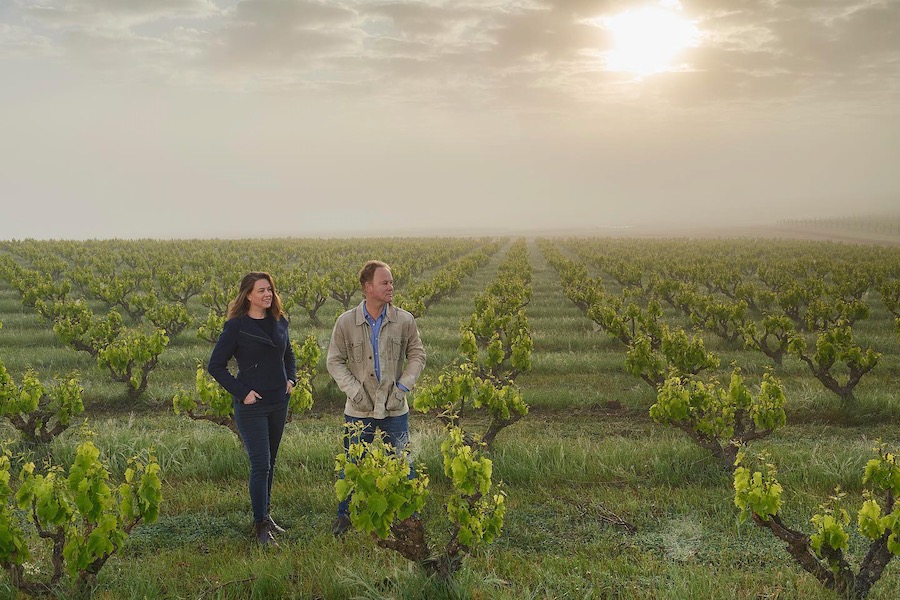
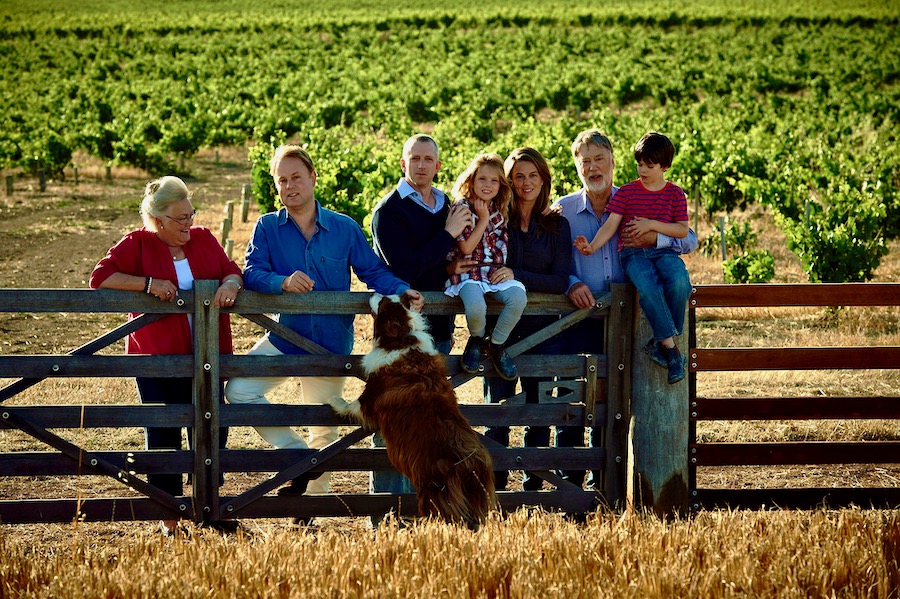
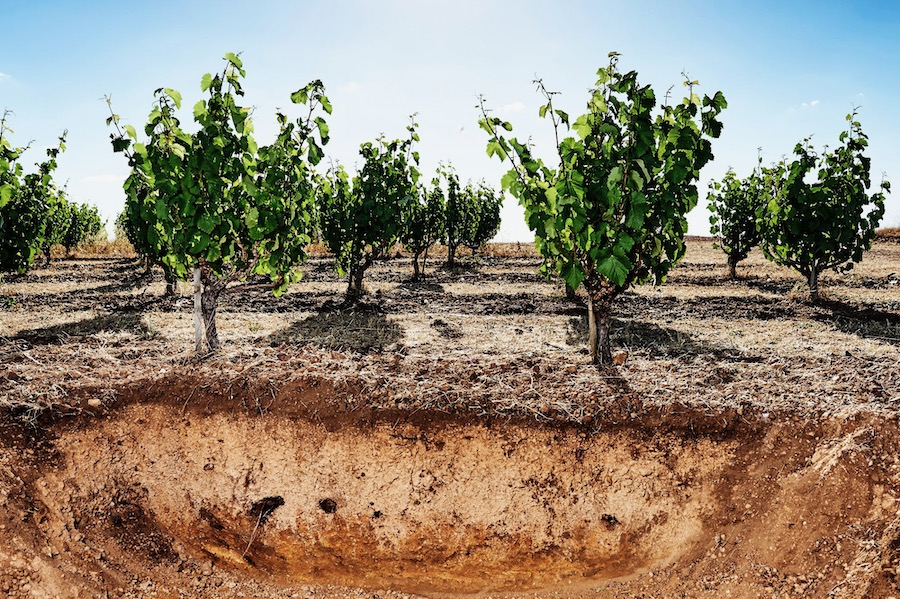
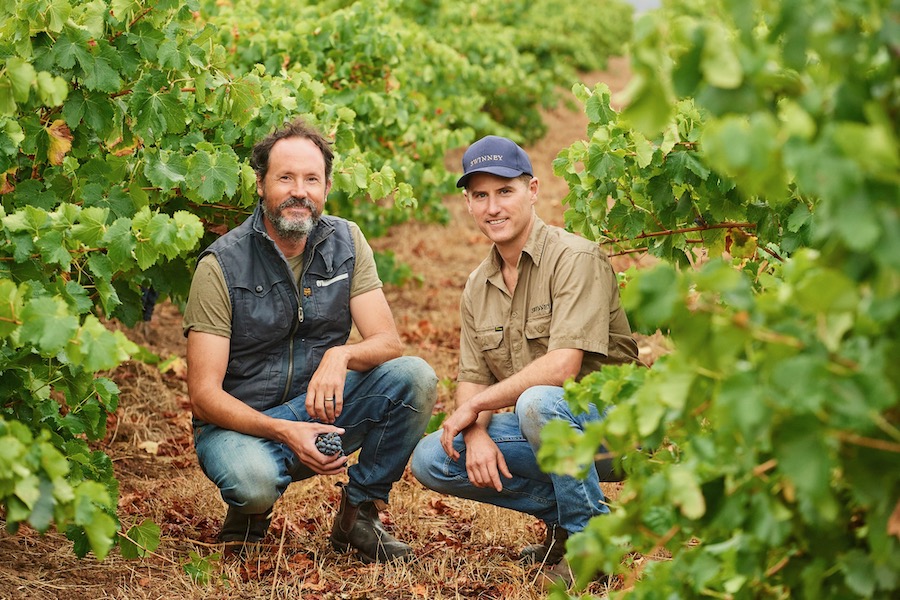
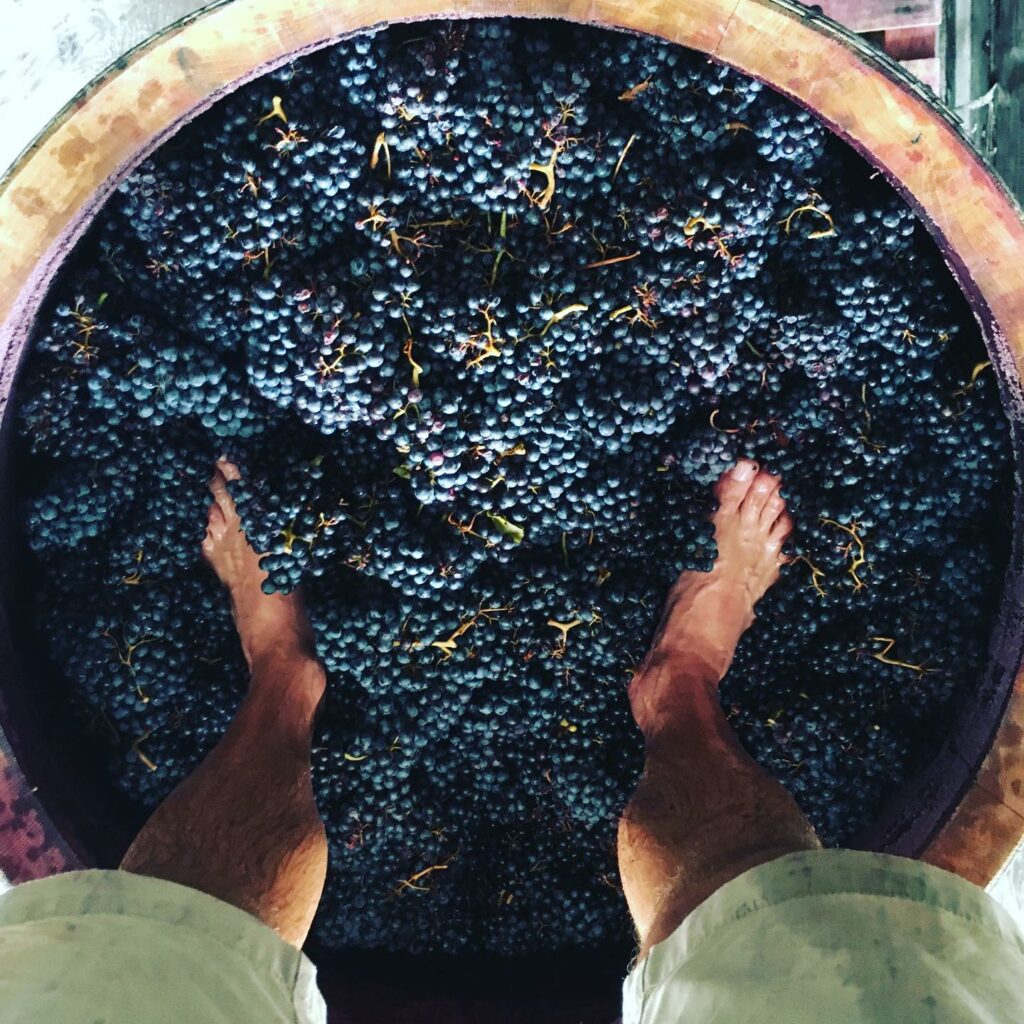
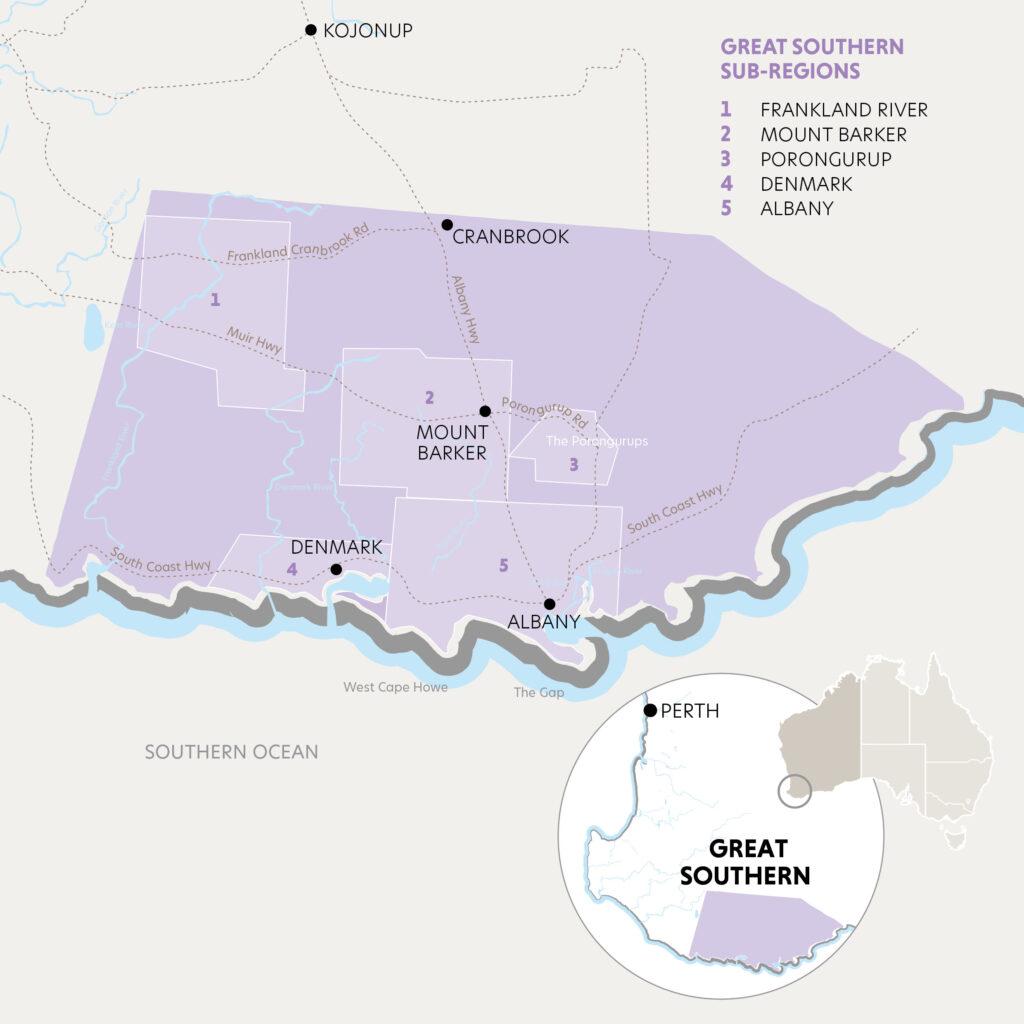
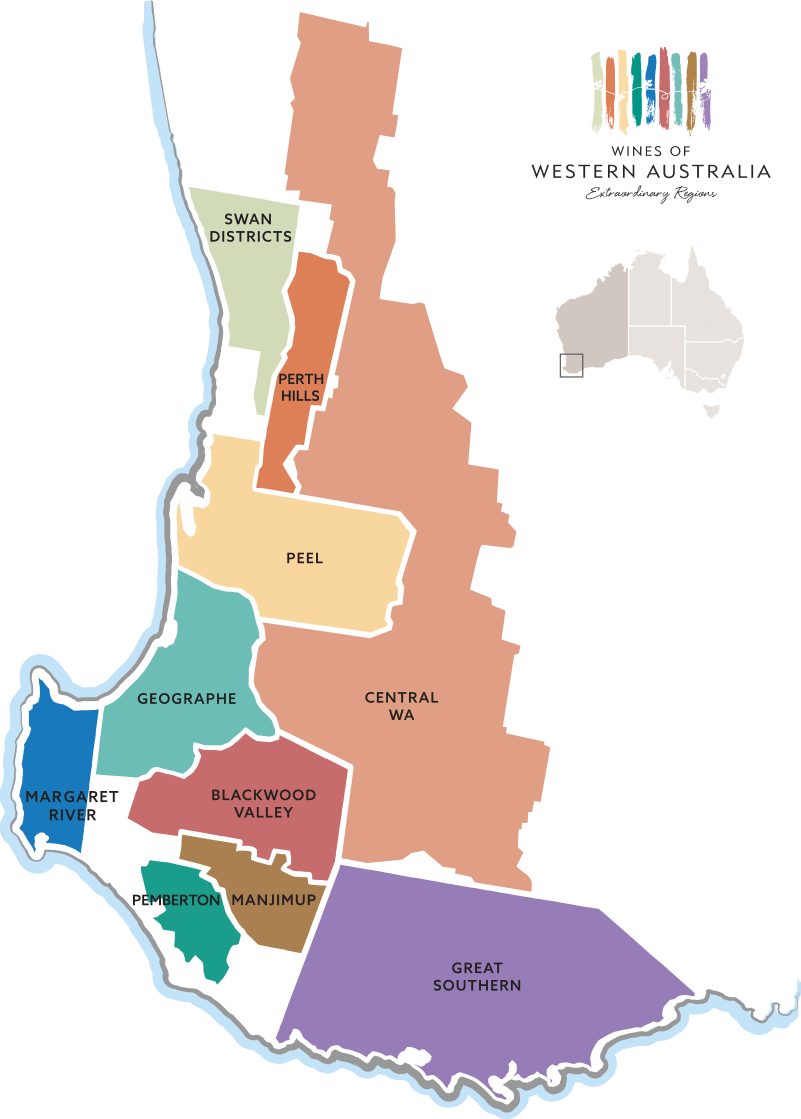
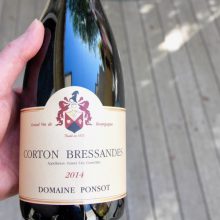
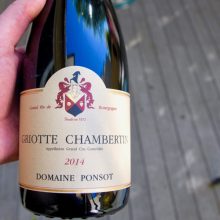
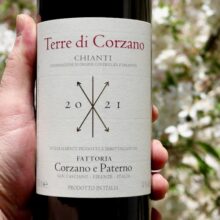
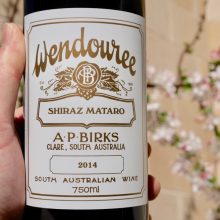
You must be logged in to post a comment.